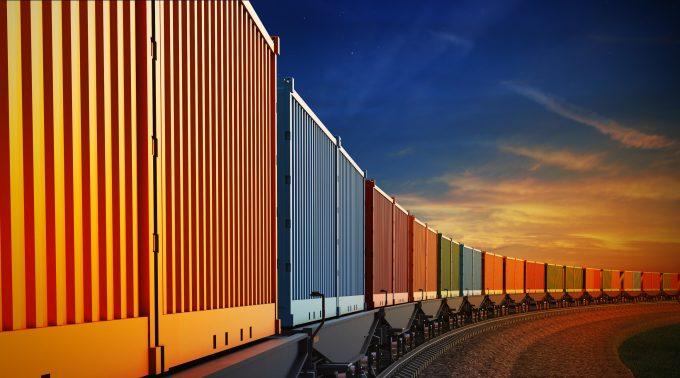'Stop-gap measures' shippers could use to cope with the China tariff crisis
Exporters in China are invoking short-term emergency supply chain plans to try to mitigate tariff ...

As China’s factories begin to restart production, albeit slowly, desperate shippers are being urged to consider rail to get their goods out of China.
Airbus, General Motors, Toyota, Volkswagen, Hyundai and others have begun to re-open plants, but with the movement of more than half China’s population restricted, it is unclear how quickly the factories can increase output – and get goods to Europe and the US.
While some shippers are eyeing sea-air options to recover lost time, forwarders are also recommending ...
Maersk u-turn as port congestion increases across Northern Europe
Maersk Air Cargo sees volumes fall as it aims for 'margin in favour of revenue'
Keep our news independent, by supporting The Loadstar
Container spot rates diverge: to Europe still falling, but firmer to the US
Hapag-Lloyd won't take bookings if port congestion leaves cargo stranded
Ecommerce likely the front-runner in resurge of transpacific trade after deal
Containership charter market feels the ripples from trade tensions
Airfreight players eye new routes as demand on the transpacific nosedives

Comment on this article